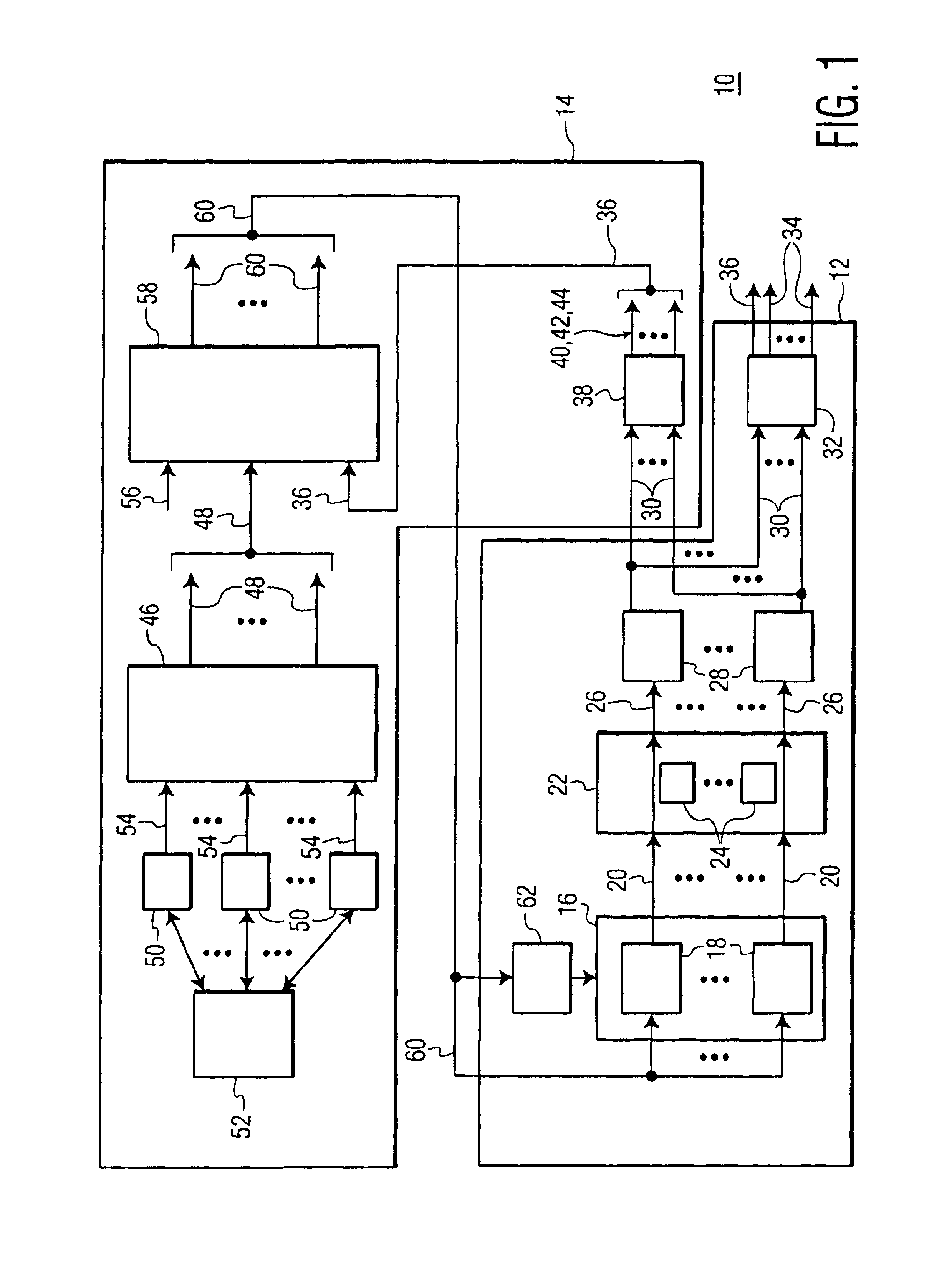Power conserving adaptive control system for generating signal in portable medical devices
a technology of adaptive control system and portable medical device, which is applied in the field of controlling and reducing the level of power consumption in medical devices, can solve the problems of increasing the power consumption of the device, and the device power consumption has not been a concern until recently
- Summary
- Abstract
- Description
- Claims
- Application Information
AI Technical Summary
Benefits of technology
Problems solved by technology
Method used
Image
Examples
Embodiment Construction
)
Referring to FIG. 1, therein is shown a diagrammatic representation of a Device 10 using one or more signals transmitted through or reflected from tissue or an organ to measure or monitor a parameter of the tissue or the organ and in which the present invention may be implemented. As discussed herein above, an example of such a Device 10 may be a blood oximetry device, and a Device 10 may be a self contained device or may be a part of a larger system that may include a plurality of Devices 10 of different types.
As illustrated in FIG. 1, a Device 10 will include a Parameter Measurement Unit 12 for making measurements of one or more parameters of the tissue or organ, typically and in the present invention by measuring light transmitted through or reflected from the tissue or organ. According to the present invention, a Emitted Signal Power Control Unit 14 is associated with the Parameter Measurement Unit 12, either as a part of the Device 10 or as a separate but associated unit, and ...
PUM
 Login to View More
Login to View More Abstract
Description
Claims
Application Information
 Login to View More
Login to View More - R&D
- Intellectual Property
- Life Sciences
- Materials
- Tech Scout
- Unparalleled Data Quality
- Higher Quality Content
- 60% Fewer Hallucinations
Browse by: Latest US Patents, China's latest patents, Technical Efficacy Thesaurus, Application Domain, Technology Topic, Popular Technical Reports.
© 2025 PatSnap. All rights reserved.Legal|Privacy policy|Modern Slavery Act Transparency Statement|Sitemap|About US| Contact US: help@patsnap.com



